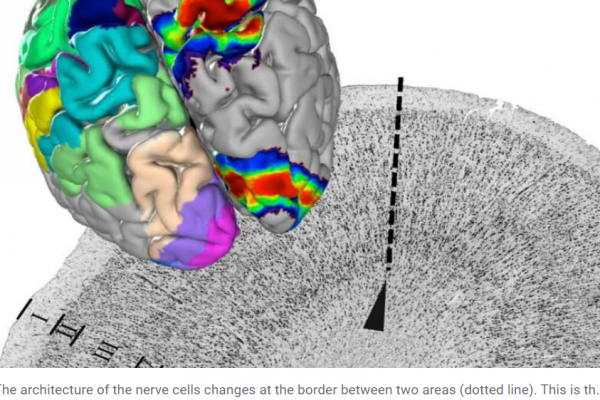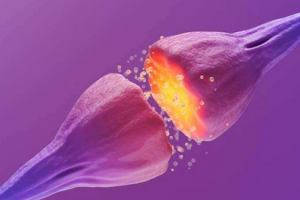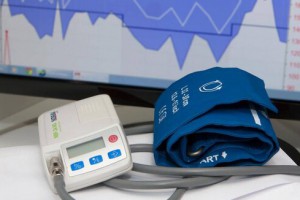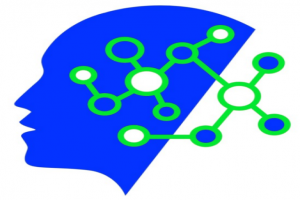German researchers present new brain atlas in the Science journal
The atlas features close to 250 structurally distinct areas, each one based on the analysis of 10 brains. More than 24000 extremely thin brain sections were digitized, assembled in 3D and mapped by experts.
The atlas features close to 250 structurally distinct areas, each one based on the analysis of 10 brains. More than 24000 extremely thin brain sections were digitized, assembled in 3D and mapped by experts.
As part of the new EBRAINS infrastructure of the European Human Brain Project, the atlas serves as an interface to link different information about the brain in a spatially precise way. German researchers led by Prof. Katrin Amunts have now presented the new brain atlas in the renowned journal Science.
Under the microscope, it can be seen that the human brain is not uniformly structured, but divided into clearly distinguishable areas. They differ in the distribution and density of nerve cells and in function. With the Julich-Brain, researchers led by Katrin Amunts now present the most comprehensive digital map of the cellular architecture and make it available worldwide via the EBRAINS research infrastructure.
"On the other hand, it is becoming the basis for a kind of 'Google Earth' of the brain - because the cellular level is the best interface for linking data about very different facets of the brain.





Related Posts